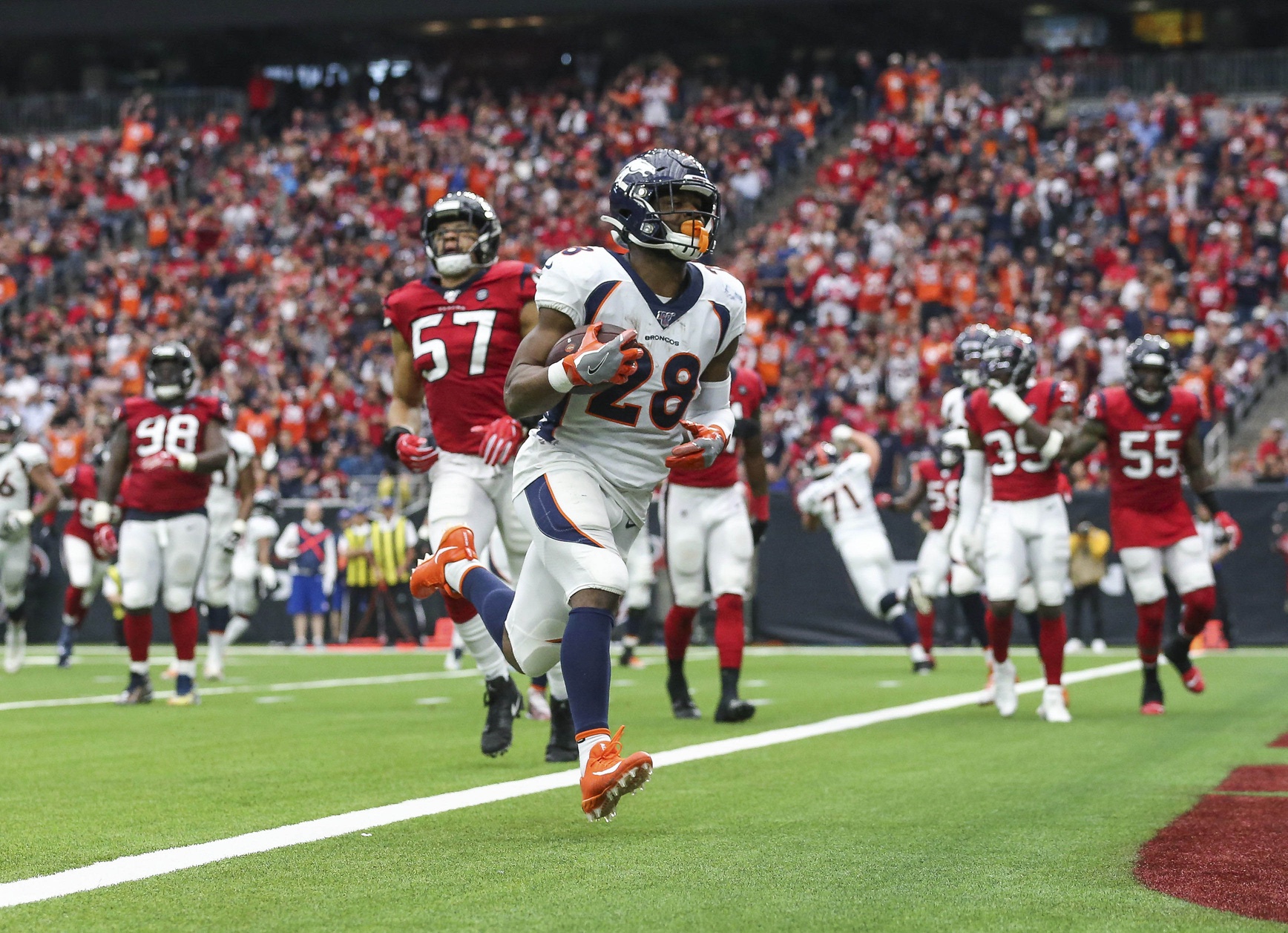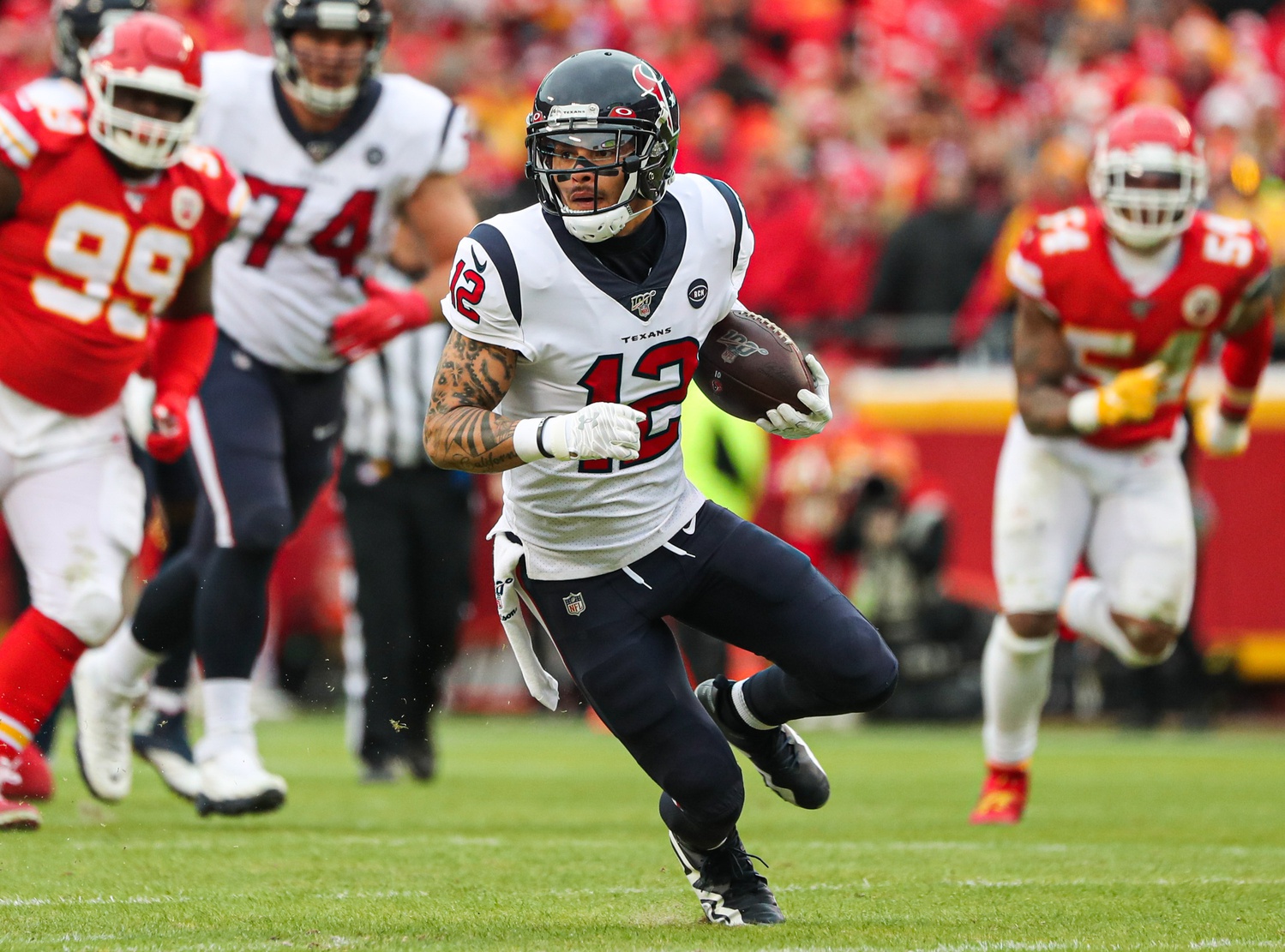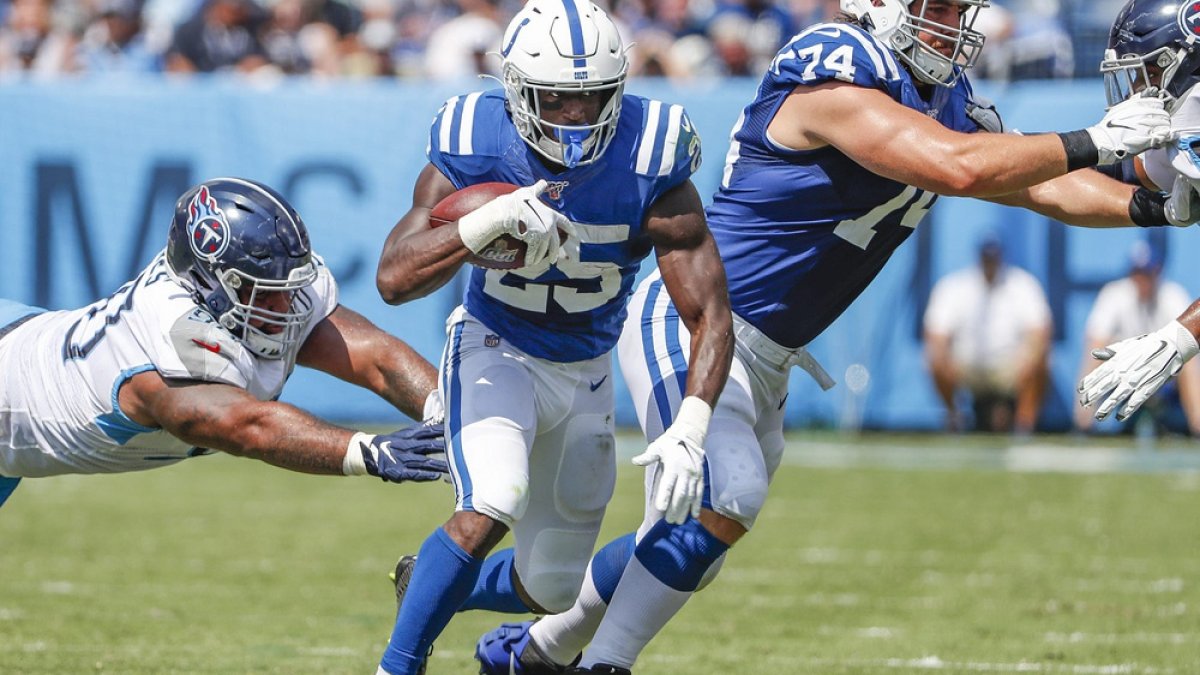We are less than 10 days away from the opening game of the 2020 NFL season, which will be played between the Houston Texans and Kansas City Chiefs at Arrowhead Stadium next Thursday night. But before the long-awaited kickoff, there is just one more critical date on the NFL calendar — roster cutdown day, which will take place on Saturday, September 5.
Every team in the NFL will be dropping from 80 players on the roster to the midseason standard 53 by 4 p.m. EST Saturday, though beefed-up practice squads of 16 players per club should help teams retain a good portion of the guys they liked in camp.
Nevertheless, different teams have different strengths and weaknesses, and this is a stellar opportunity for various clubs to address a weaker or injury-riddled position group. Conversely, some teams just can't hold on to the RB4 on their depth chart who perhaps doesn't offer anything on special teams, but he may add RB2 value elsewhere in the NFL. You can also have a situation like the one we saw in Jacksonville with Leonard Fournette, where a team likes the young players they have at a position and are willing to cut ties with a starter to give them more opportunities.
The NFL clubs probably know all of this by now — even with a shortened offseason — so we may see some trades this week, as well. The sooner, the better, of course, as there is obviously not much time to get a player acclimated to a new city, building and scheme before Week 1, especially with testing requirements delaying a player's ability to start practicing.
We saw the New York Jets offer the Miami Dolphins a conditional pick for Kalen Ballage right before he was cut last week just to get two years of cost control (not that we would ever suggest you draft Kalen Ballage in fantasy this season). Rookie-contract players who maybe could benefit from a change of scenery are those to keep an eye on for potential trades.
With all of that said, this is a redraft fantasy football deep sleeper's column, specifically focusing on players who could become relevant if they do find a new home this week or at some point this season. While it may seem silly to draft a player before the move actually occurs, every late-round (probably last round for all of these) flier pick is inherently an upside lottery ticket, where a few things have to break that player's way.

Denver Broncos RB Royce Freeman
We've been hearing a lot this offseason about Phillip Lindsay's thoughts on the Melvin Gordon III signing — safe to say he didn't love it. But Lindsay may not end up being the Broncos' running back most affected by the move, as it could very well lead to Royce Freeman's departure. Lindsay has long overshadowed Royce Freeman, who was drafted in the third round in 2018 before Lindsay was signed as an undrafted free agent. It has been Lindsay's backfield in Denver ever since … until Melvin Gordon arrived.
Denver is not too deep at running back behind Freeman after losing Devontae Booker to the division-rival Raiders this offseason. This may disincentivize a trade, but you never know. Vic Fangio's old friends the Bears could probably use a player like Freeman after David Montgomery went down with a non-contact groin injury last week, which could cause him to miss the first few weeks of the season.
Freeman has struggled to turn his touches into big plays, but he's a reliable pass-blocker who can get you a few yards on the ground or through the air. Sometimes that's all a team needs after a few injuries to the RB room. The Oregon product has two years remaining on his rookie contract, which makes him attractive as well, as we saw with the Jets preferring to acquire Kalen Ballage's rookie contract from 2018 as opposed to signing him to a new deal after the Dolphins were planning to release him.
Buffalo Bills RB T.J. Yeldon
There's nothing NFL teams love to do more than give players with high draft pedigree another shot. Yeldon was selected 36th overall by the Jacksonville Jaguars in the second round of the 2015 NFL Draft, and he's still just 26 years old. He's had a strange career trajectory, with his career-best yardage output coming in his rookie season. Fournette then came along two years later, which forced Yeldon to become more of a receiving back, but that isn't such a bad thing.
While Yeldon's rushing attempts have fallen off, he's hauled in 68 of his 93 targets for 611 yards — 9 yards per reception — in the last two seasons, primarily out of the backfield. He has a bit of a drop issue, but he's also had Blake Bortles and Josh Allen throwing him the football. Although he's become more known for receiving, he's still 6-foot-1 and 223 pounds with a short injury history.
With the Bills drafting Zack Moss in the third round to pair with their 2019 third-rounder Devin Singletary, Yeldon seems to be on the outside looking in. Taiwan Jones is a reliable veteran backup, and the Bills reworked fullback Pat DiMarco's deal this offseason to keep him around.
If Yeldon were shipped off elsewhere, he might earn the opportunity to carve out a role for himself. There is also the upside that he becomes an every-down back for a stretch of games as a result of further injuries to a team's RB room. Yeldon is a free agent after this season, so now is the time to get a bit of value for him.
Green Bay Packers RB Jamaal Williams
The talk in Titletown all offseason has been A.J. Dillon's gargantuan thighs, so naturally it's fair to wonder if Dillon has unseated Jamaal Williams as the RB2 in Matt LaFleur's run-heavy offense. Reports out of camp have been positive about Williams, and he had a great 2019 in the passing game both when running routes and when staying in to block. With how much Lafleur loves to run the ball, he's probably more than happy to keep three quality running backs on the roster.
Nevertheless, Williams' trade value is at a good spot, and a key component of his contract makes him more likely to be traded. For starters, Williams will be an unrestricted free agent after this season. Aaron Jones is probably asking for a healthy new contract, the Packers just used a second-round pick on Dillon and their cap situation is tight going forward. From that standpoint alone, it could be wise of the Packers to get some value back for Williams now while they still can. But perhaps more importantly, Williams also qualified for what is called the “Proven Performance Escalator,” or PPE.
To put it simply: Under the 2011 CBA, if a third- to seventh-round draft pick has played in 35% or more of their team's offensive or defensive snaps in two out of their first three seasons, or if they averaged 35% or more over the first three seasons, they earn a raise to the base salary in their fourth season. While Williams only earned a raise of about $1.4 million, we've seen this scenario before in the NFC North. The Bears and their new coaching staff — who did not draft Jordan Howard — traded Howard to the Eagles for a conditional sixth-round pick last year. He had also earned the PPE, which made his salary go up as his position on the depth chart moved down.
With the Packers having also drafted Dexter Williams in the sixth round in 2019, it's not inconceivable that they explore a trade for Jamaal Williams.

Houston Texans WRs Kenny Stills and Keke Coutee
I'll be cheating a tad for the rest of the list, as I'm going with pairs of teammates and looking for the odd man out in a crowded position room. The Texans added Brandin Cooks and Randall Cobb to their wide receiver group this offseason after trading away DeAndre Hopkins, thus providing them with yet another speedster and a reliable slot target, respectively. Stills is now the third deep threat on the roster behind Brandin Cooks and Will Fuller, and with a $7 million non-guaranteed base salary for 2020, he is a good trade piece for the Texans, who could stand to clear up cap space for the future.
Coutee has battled with injuries for most of his career, and now — even if fully healthy — will be battling to see the field. He has two years remaining on his rookie contract, which may entice a team to take a chance, giving him a fresh start away from Houston.
The real target is Stills, who has WR2 upside in the Texans' high-octane offense simply due to Brandin Cooks and Will Fuller having dealt with their fair share of injuries during their careers.
Indianapolis Colts RBs Marlon Mack and Jordan Wilkins
Jonathan Taylor was one of the most productive college running backs of all time at a university known for producing elite NFL ball carriers. Though his passing-game usage was almost nonexistent at first, he showed a solid ability to catch passes in space during his last year at Wisconsin. There is no concern whatsoever that Taylor can be a three-down back in the NFL as soon as this season.
The Colts also have Nyheim Hines, who can line up anywhere on the offense and has reportedly developed a strong connection with quarterback Philip Rivers.
Mack and Wilkins are both capable running backs in their own right. Mack has already proved he can handle a healthy amount of touches, and Wilkins has capitalized on the few chances he's been given. Either player could carve out a nice role elsewhere, particularly Mack, who has shown he can handle the workload.
Jacksonville Jaguars WRs Dede Westbrook and Keelan Cole
We just saw the Jaguars outright release the former No. 4 overall pick from 2017 in Leonard Fournette, so anything is on the table in Jacksonville. D.J. Chark has emerged as a legitimate WR1, and the Jaguars selected Laviska Shenault Jr. out of Colorado in the second round of this year's draft.
Cole and Westbrook have both shown flashes, though consistency appears to be a bit of an issue for both. That being said, they are talented young wide receivers with decent upside. If a team starving for wide receiver talent — a team like the 49ers, for example — takes a chance on either one and they receive serious playing time, they could have a solid fantasy season.



 © 2025 PFF - all rights reserved.
© 2025 PFF - all rights reserved.